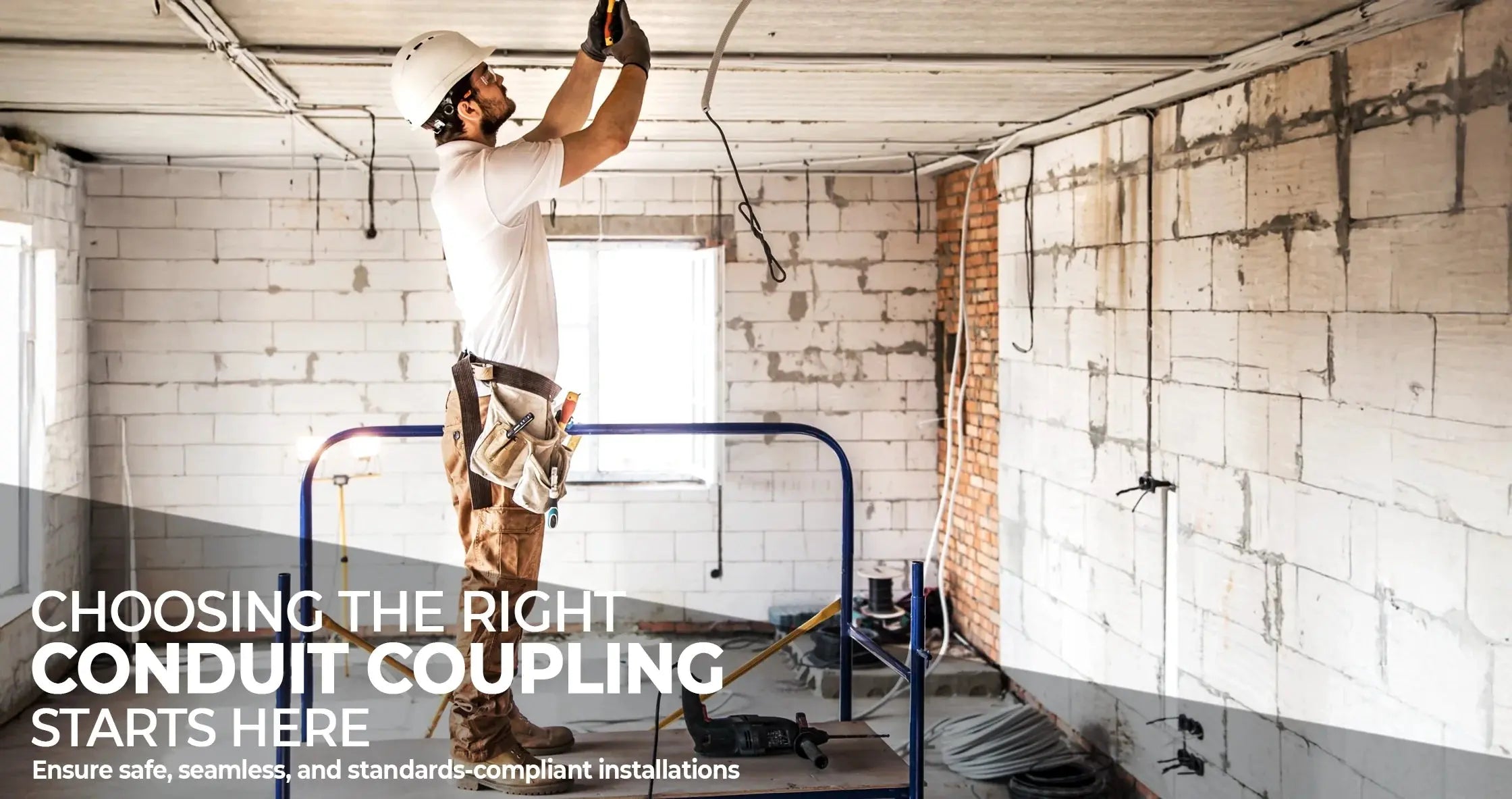When it comes to selecting an electrical conduit coupling, understanding the options and their applications is crucial for ensuring a safe and efficient installation.
Understanding Electrical Conduit Couplings
An electrical conduit coupling serves as a connector between two sections of conduit, ensuring a secure and continuous pathway for wiring. These couplings come in various materials and designs tailored to specific environments and needs.
Types of Electrical Conduit Couplings
There are several types of couplings available:
- PVC conduit couplings: Lightweight and corrosion-resistant, ideal for residential or wet environments.
- Metal conduit couplings: Durable and robust, suitable for industrial or hazardous locations.
- EMT conduit couplings: Designed specifically for EMT conduits, providing flexibility and ease of installation.
Material Considerations
The material of the coupling should align with the environment and application. For instance, PVC electrical conduit fittings are excellent for damp areas, while metal conduit fittings offer superior strength in rugged conditions.
Factors to Consider When Choosing an Electrical Conduit Coupling
Selecting the right coupling involves evaluating several factors:
Environmental Conditions
Assess whether the installation will be exposed to moisture, chemicals, or extreme temperatures. PVC conduit fittings are often preferred for wet environments due to their resistance to corrosion.
Project Requirements
Consider the type of conduit being used (PVC, EMT, rigid metal) and ensure compatibility. Mixing materials can lead to unsafe installations or failures.
Installation Best Practices
Proper installation ensures the longevity and effectiveness of the coupling:
Preparation
Before installation, measure accurately and cut the conduit cleanly. Use deburring tools to smooth out rough edges, preventing damage to the coupling.
Application Techniques
Apply solvent cement evenly for PVC couplings, twisting slightly as you push them together. For threaded metal couplings, use thread sealant tape to prevent leaks.
Common Mistakes to Avoid
Avoid common pitfalls during installation:
Uneven Cement Application
Ensure solvent cement is applied uniformly to both the conduit ends and the inside of the coupling. Uneven application can lead to weak spots.
Insufficient Curing Time
Rushing the curing process can result in weak joints that may fail over time. Allow adequate curing time as specified by the manufacturer.
Compliance and Standards
Adhering to standards like the National Electrical Code (NEC) is vital:
National Electrical Code
The NEC sets guidelines for the safe installation of electrical wiring and equipment. Ensure that your couplings meet these standards.
ASTM Standards
ASTM standards specify performance criteria for PVC and metal conduit fittings, ensuring they meet requirements for structural integrity and environmental resistance.
Conclusion
Selecting the right electrical conduit coupling requires careful consideration of materials, environmental factors, and installation techniques. By following this guide, you can ensure a safe and efficient installation that meets all necessary standards. Remember, high-quality fittings from reputable manufacturers and distributors contribute significantly to the longevity and reliability of your electrical system.
Frequently Asked Questions
Can I use the same coupling for PVC and metal conduits?
No, it's important to use couplings designed specifically for the type of conduit you're working with to ensure compatibility and safety.
What does IP-rated mean for conduit couplings?
IP (Ingress Protection) ratings indicate how well a coupling resists dust and water. Higher ratings signify better protection against these elements.
Do I need special tools for installing couplings?
Depends on the type. PVC couplings typically require solvent cement and a brush, while metal couplings may need threading tools and wrenches.


